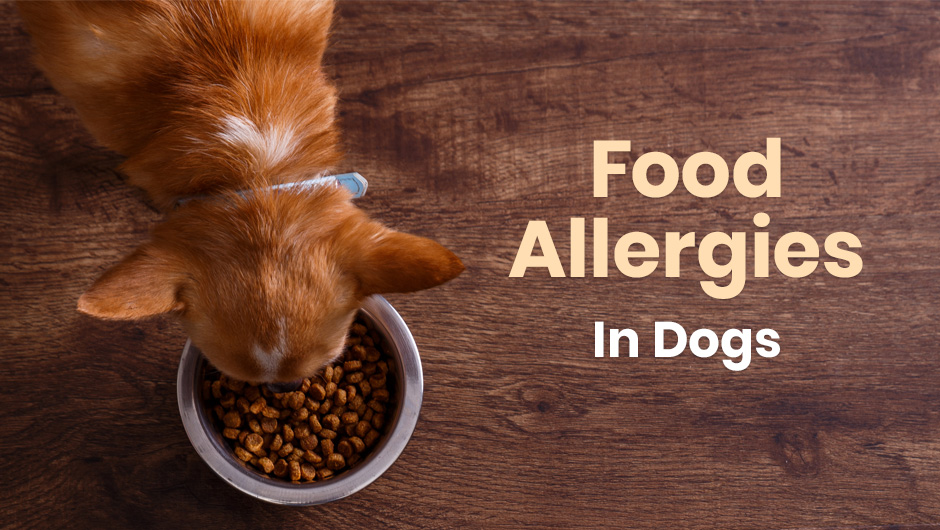
Allergy Symptoms
Allergy symptoms in dogs generally include skin irritation and inflammation. Your dog may start biting his feet and repeatedly scratching at his ears, face, and back. Too much scratching and biting at the fur can lead to fur loss, and the skin underneath the hair can then become dry and inflamed. An unusual amount of ear infections could also indicate that your dog has a food allergy, and these can usually be identified by the presence of a dark discharge and an offensive smell coming from the inside of the ear. Discoloration of the nail beds and fur around the lips, jowls, and eyes may be another sign of a food allergy. However, before assuming that any of the above symptoms are the result of a food allergy, it is important to rule out any other medical conditions first.
Can You Prevent Food allergies?
Preventing food allergies in dogs can be difficult, but there are some steps you can take to try and avoid them. Keeping your dog as healthy as possible by feeding a balanced diet and providing him with plenty of regular exercise will go a long way in preventing problems. Gastroenteritis in dogs, especially puppies, has been known to trigger food allergies. It is therefore important to try and avoid the situation by keeping your garbage securely fastened up and keeping an eye on what your dog is eating when you are out of the house. If you suspect that your dog has eaten anything that could cause a stomach upset, you should put him on a diet of boiled white rice or boiled potato until the symptoms subside.
It is a good idea to feed your dog on a maximum of one or two protein sources, as this will make it easier to identify an allergic reaction if it arises. If you feed a diet that contains five or six different proteins, then it will make the process of elimination much more difficult if you suspect that your dog has developed a food allergy.
Treatment for Food Allergies
Treating a food allergy can be a lengthy process, but you should make a start by making your pet’s appointment with our Minnesota Veterinary Hospital team. Our team may try performing a food allergy test, an environmental allergy test, or a food allergy elimination diet. We’ll advise you on if it may also be a good idea to change your dog’s diet by feeding a specialty food, such as those available in our online store.
Be Persistent
It can be difficult to deal with a food allergy, but it is important to keep going until you find the source of the problem. You should always consult with our team as we’ll offer science-backed advice and help to support you and your pet through the process. Together, we will eventually manage to help your dog overcome his food allergy and enable him to enjoy a healthy lifestyle on the perfect diet!
Image Credit: Tanya-stock
